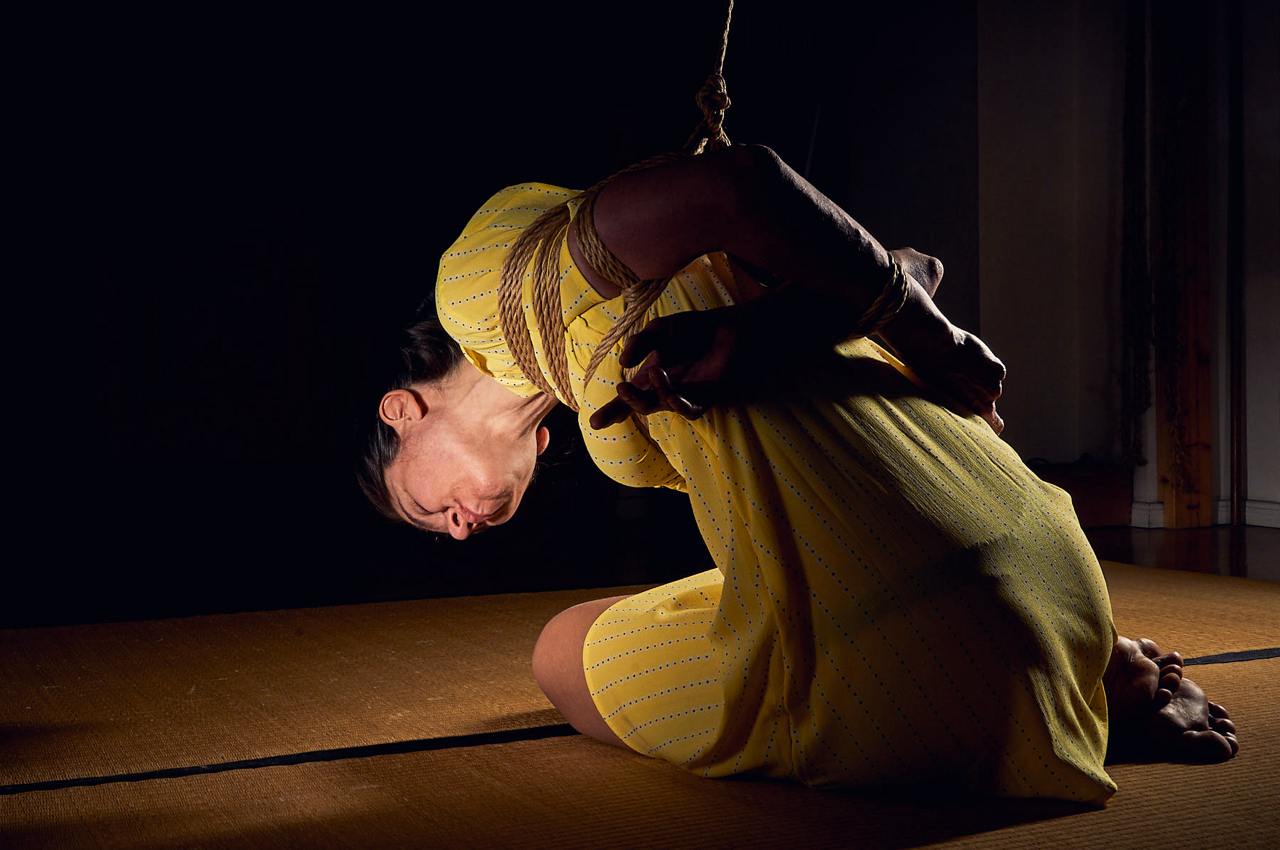The other week, I was invited as a guest to the podcast by euni (coming soon!) We had a super interesting exchange discussing all things embodiment, conscious kink, and healing.
One of the topics that came up was the perception from a conventional point of view, where those who are submissive or rope bottoms are seen as someone who is “below”, somewhat less… whilst in fact – knowing the mechanism from inside – playing on the submissive side requires as much self-empowerment work as on the dominant side, if not more…
As brilliantly put by Om Rupani:
“You have to have it in order to surrender it”
Coming to terms with our power is a process. It takes some growing up, acknowledging our agency in the situation, and responsibility for our choices.
Without genuine, empowered choice, things get ugly. Tolerating or going along with someone else’s agenda is not surrender. There are also subversive ways to claim power (whilst claiming the surrender). These waters are very murky…
I’m less interested in DS politics, arguing who holds more power, dom or sub. This is a play in which two people participate. Quoting brilliant Anna Noctuelle, who once said in our podcast: “It’s not 50/50, it’s 100/100”, I think it pretty much says it all.
What fascinates me is the opportunity for growth, the machinery behind what it means to come to terms with my own power, and to be able to offer it to someone else as a beautiful gift.
To be really honest with you, I often miss seeing this in rope bottoms.
Rope is offering this opportunity: learning to embrace our power – not despite being a bottom, but because of it. Learning to recognize and communicate our limits. Learning to differentiate from the script, from our own and our partners’ expectations, from what “should” be there. Time after time, holding onto our truth. It’s a challenging journey. But it remains true:
What we don’t have, we cannot offer…
And I’ll definitely hold space for a deeper conversation about this with my friends and experienced rope bottoms, Anna Noctuelle and Saara Rei, on our podcast Model Behaviour – stay tuned!
